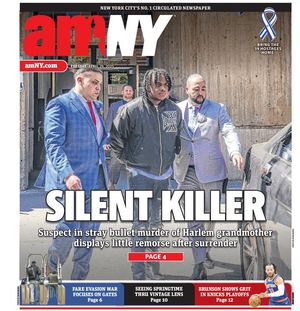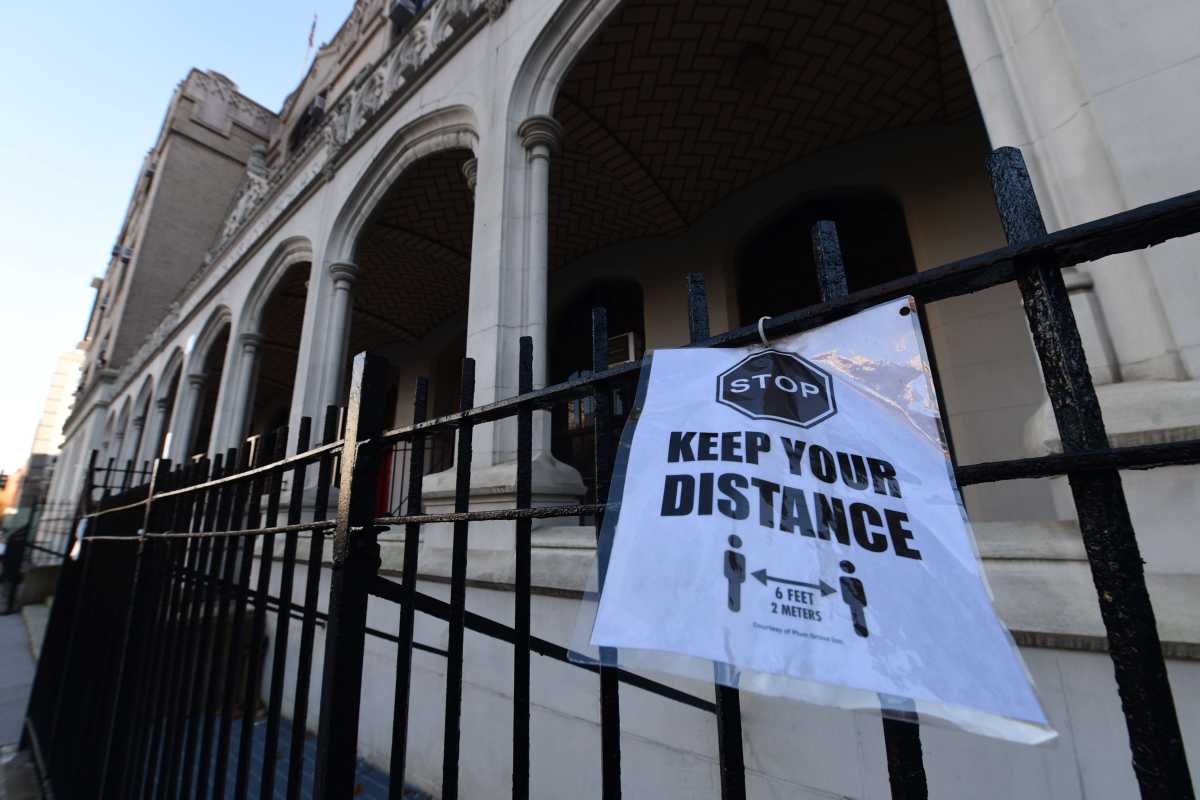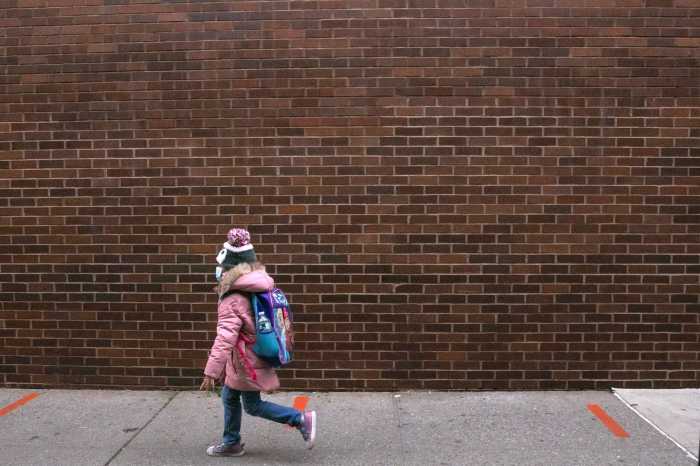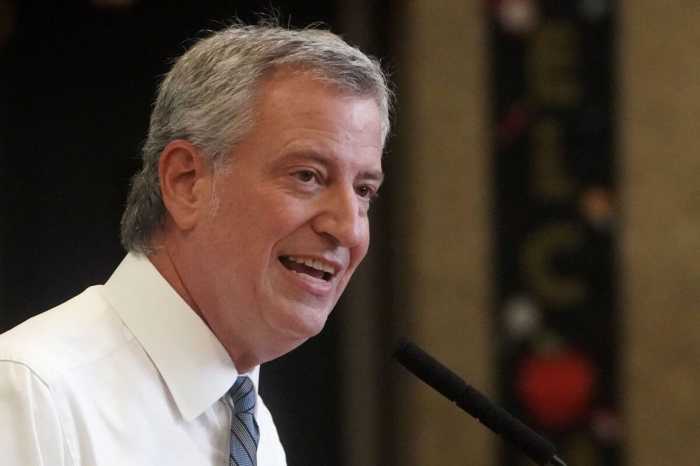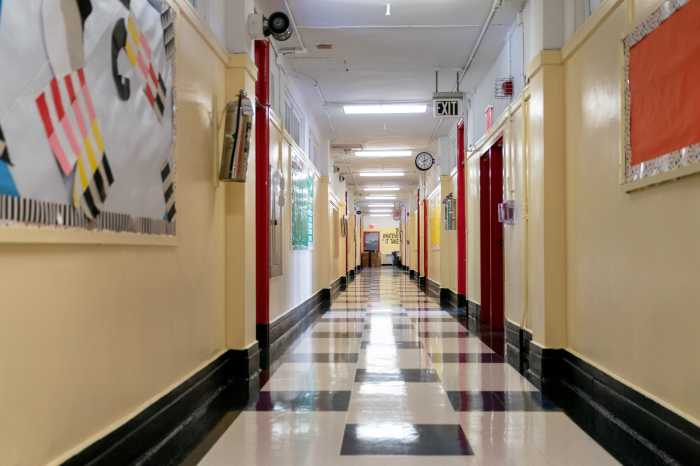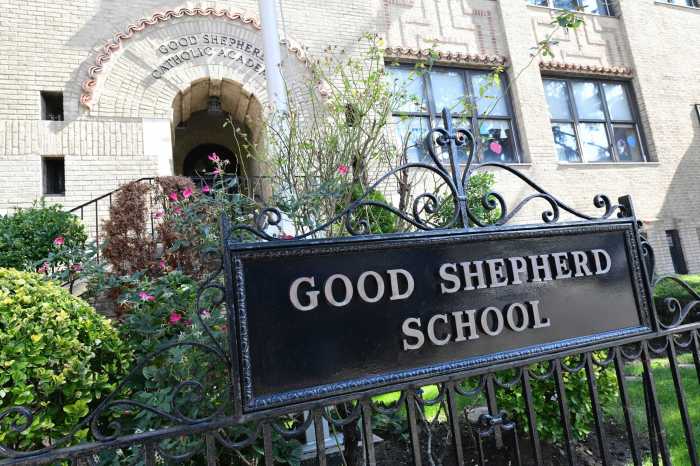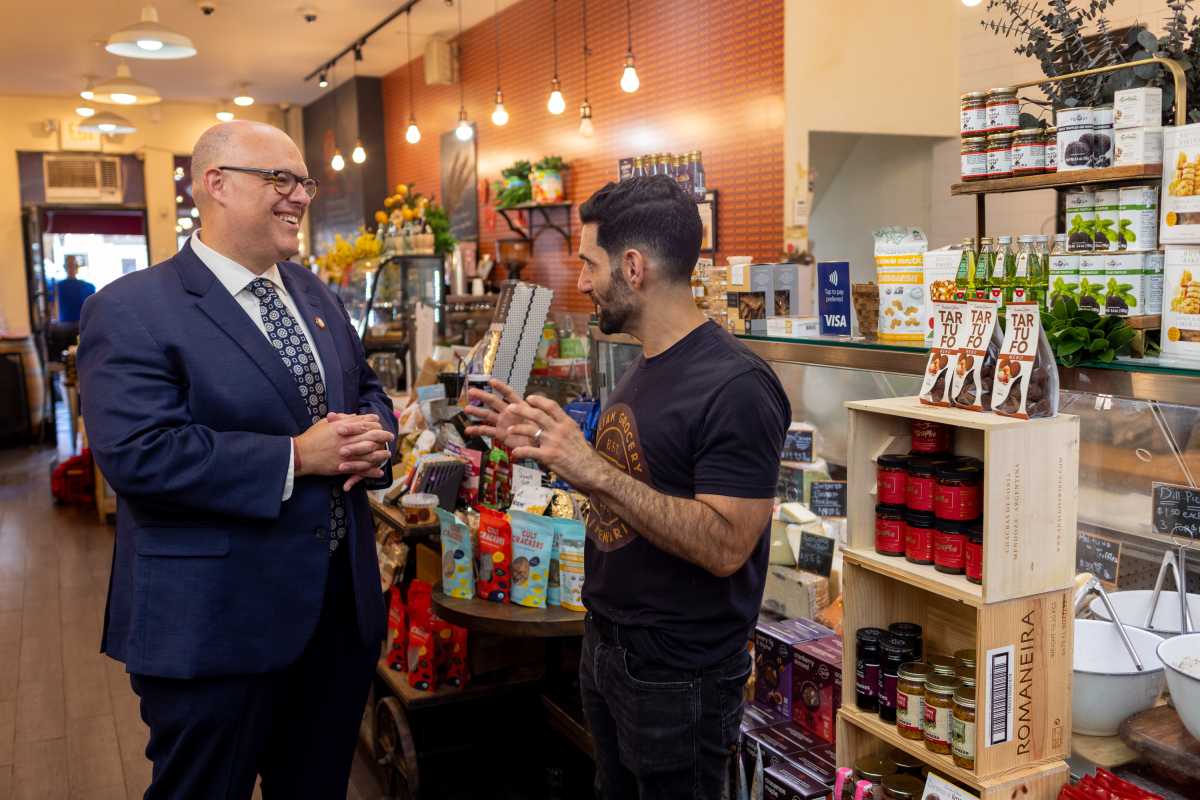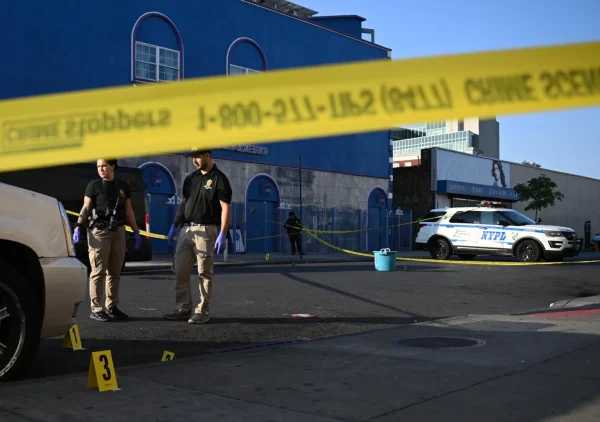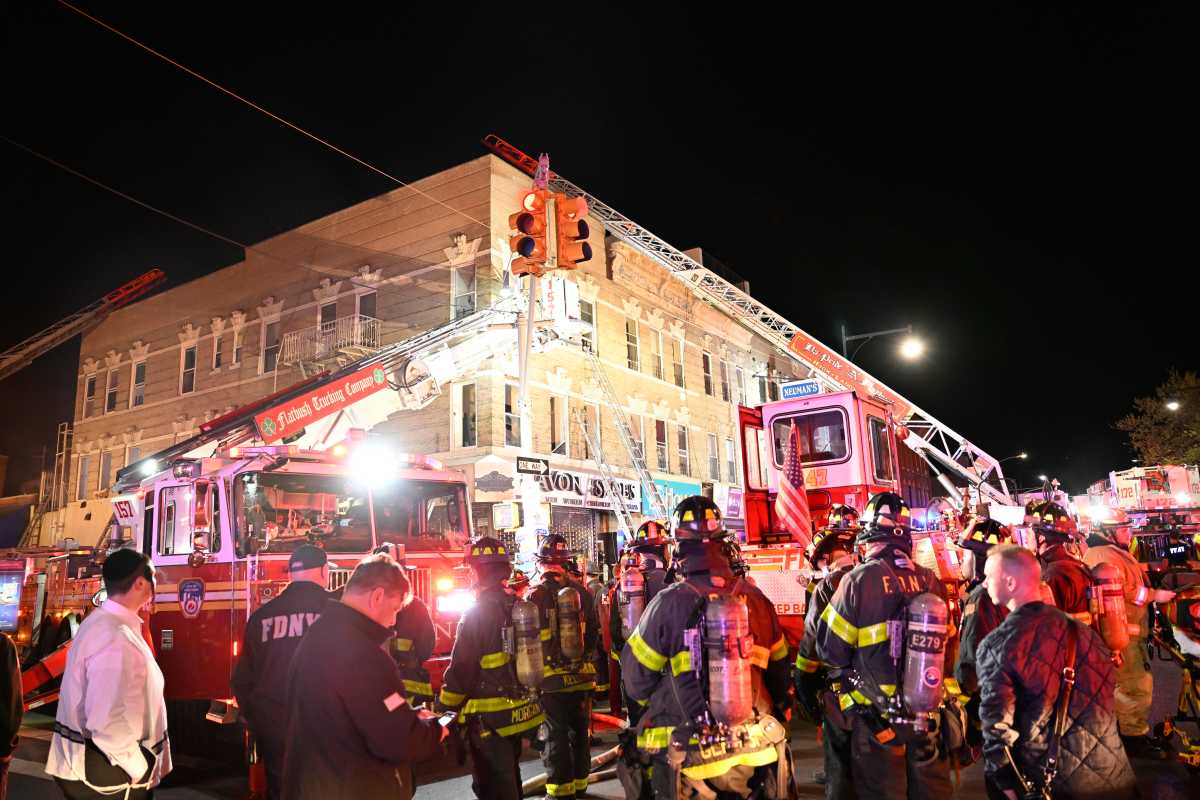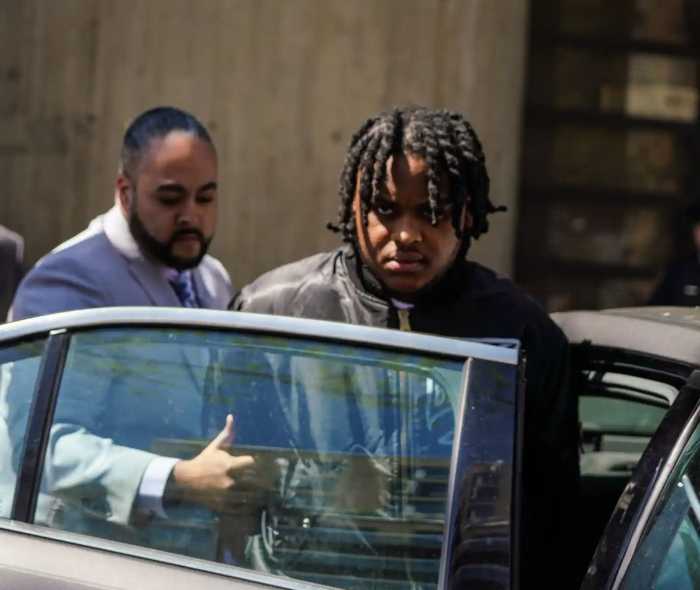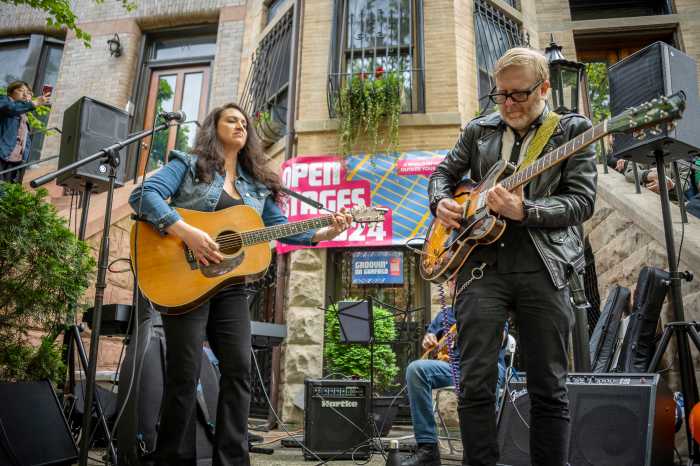New York City schools will not have to close if the COVID-19 positivity rate surpasses the longtime state threshold of 9%, Governor Andrew Cuomo said on Monday.
The reversal comes as new COVID-19 cases continue to increase across the state and the city’s COVID-19 positivity rate based on a seven-day rolling average, according to the city Health Department, hit 9%. The state threshold was set last July as virus positivity rates fell across the state but as localities submitted school reopening plans for state approval.
Schools located in areas with a COVID-19 positivity rate of 9% or higher will be allowed to stay open for in-person classes as long as they can show that the positivity rate among their students and staffers is lower than the surrounding neighborhoods.
Mayor de Blasio has shown no signs of wanting to re-close elementary schools amid the city’s growing number of new cases on Monday calling public schools “the safest place” in New York City. While Michael Mulgrew, president of the United Federation of Teachers, repeated calls for all public schools to temporarily close again once the city’s positivity rate reaches 9% by state standards.
“We see that and we know it’s working and so we want – absolutely know our kids need to be in school. They need the benefits of in-person education,” said de Blasio. “And a lot of families really wanted that for their kids.”
Since the spring, city and state COVID-19 data has always slightly differed and currently there is a large discrepancy between the city health department’s reported virus positivity rate for the city and the state health department with state officials saying the overall positivity rate for New York City is 6.24%
“It’s a real problem when the state and city use different measures to determine the rate of coronavirus infection. Given the fact that all the other communities in the state use the state methodology, New York City should adopt it also,” said Mulgrew in a statement.
“Using that state measure, if the community infection rate in the city hits 9%, the safe thing to do is to close the schools, even if the in-school rate is lower,” Mulgrew added. “Safety comes first — as shown by the fact that hundreds of our elementary schools and classrooms are closed temporarily every day because the virus has been detected. That is how we have stopped the spread of the virus inside our schools.”
